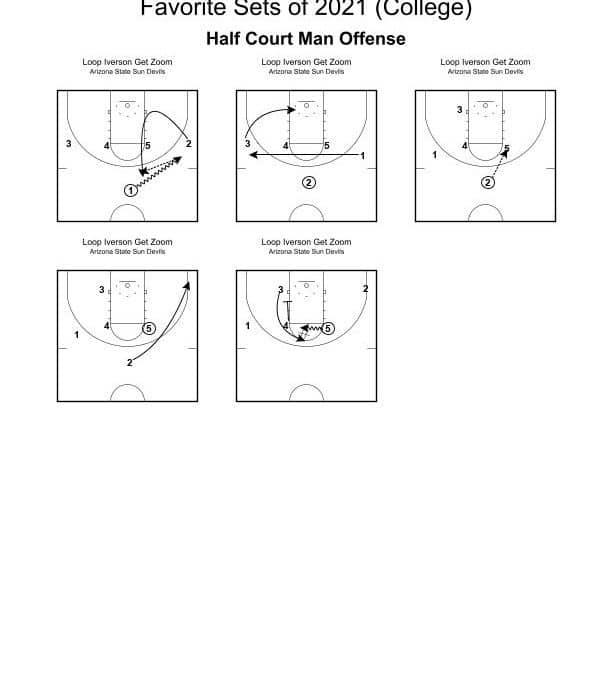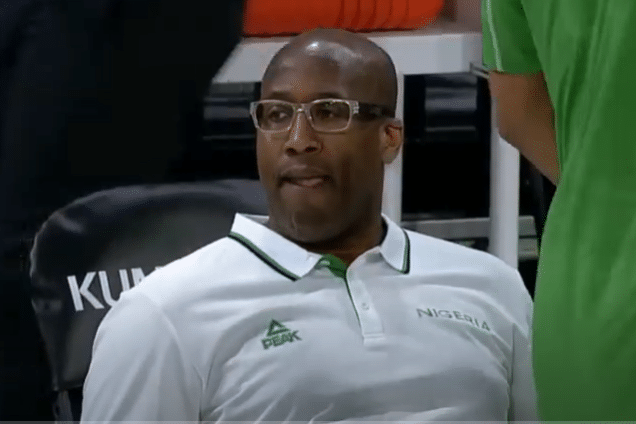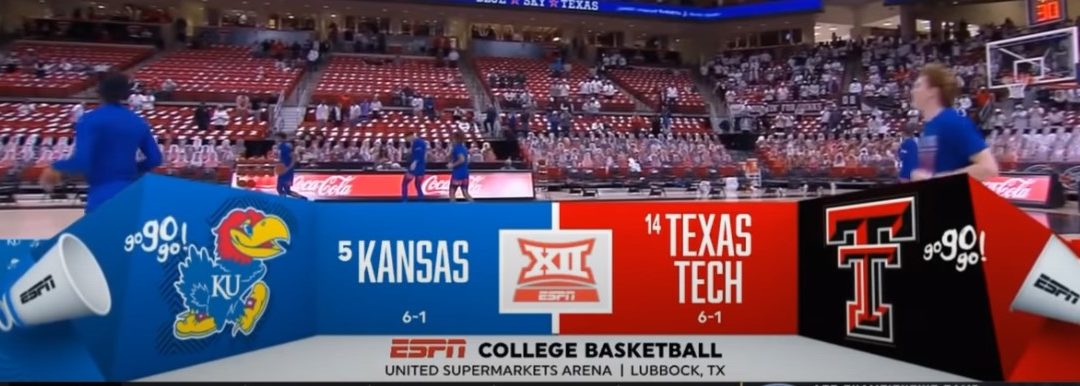If I Ruled College Basketball Part #2 by Chris Filios
In part #1 of If I Ruled College Basketball, I took examined some “big picture” ideas to improve college basketball. These ideas would greatly change how college basketball is structured within the NCAA and how college basketball would operate as a whole.
In part #2 of If I Ruled College Basketball, I look to fix some of the “medium” sized ideas. These would be things I change after the “bigger picture” things have been taken care of. While I believe these changes are important, they are a step down in importance from those ideas previously stated.
The “One and Done” Rule*
First, lets clear up something that is misunderstood. The “One and Done” Rule is an NBA rule, not a college rule. As Fran Fraschilla states, “The NBA and its players’ association have the responsibility for changing the ‘one-and-done’ rule as part of the league’s collective bargaining agreement (CBA).” A lot of people think that this rule needs to be changed and I agree. However, there are differing opinions on how the rule should be, changed. Some think that there should be no rule. Some think that we should have the college baseball model- where you can go pro from high school, but if you go to college, you have to stay there for three years. I think that my thoughts may be a bit different than others.
First, I would do away with the “one and done” rule that forces kids to either go to college (or in a few cases, play pro internationally). Thus giving kids the ability to choose for themselves what they want. However, I don’t think 18-year-old kids are ready for the NBA- physically, emotionally, mentally, or even socially. I was listening to the Geno Auriemma podcast with Charles Barkley, and he was asked about the one and done rule. He said that the only high school player he has ever seen that he thought was ready for the NBA was Lebron James. He even went on to point out that it took NBA greats like Kobe Bryant and Kevin Garnett time to find their footing…and those are a couple of the most celebrated players in NBA history.
So what is my idea? My idea is this:
1. NBA continues to develop their G-League system. Every team should have an affiliate. Currently, all but four teams have an affiliate team.
2. NBA institutes a rule that you must be 21 years of age to play in the NBA. However, players under 21 can play on the G-League affiliates.
The impact of this:
1. This gives kids the option of “going pro” out of high school or going to college.
2. The G-League would be used much like a minor league baseball system where there is a focus on development. Teams can focus on helping young players acclimate and develop at that time they are there. That way, when players reach 21, they are hopefully ready for the rigors of the NBA.
3. The kids who say they need to choose NBA over college to help their family- this gives them a better option than risking their entire future on trying to make an NBA roster.
4. Helps eliminate some of the 1-year kid in college. The kids that go to class first term only and never show up for the 2nd term.
5. As Fran points out, I think it helps both NBA and kids with evaluation as scouts are in high school gyms and can give feedback directly to kids.
6. I think it could help with “tanking” problem/issues…or at least the idea of it. Now teams with high draft picks may need to re-think drafting strategy cause if they take an 18 or 19 year- they won’t even be able to join the team until they are 21 years of age. The idea of the draft is to help teams get better. But is drafting an 18-year-old helping you get better in the next 3-4 years? Most cases no. Hopefully, teams will be forced to make decisions that help them get to become more competitive in the short-term versus hoping for the long-term.
Those are just some of the ways that it hopefully helps with the “one and done” situation. Again, this is much more of an NBA issue than a college issue. If I were in charge of college basketball, I would hope that I could work with the NBA to create a positive situation for all, not just the interests of the NBA.
Something to note…the WNBA has a rule that you must be 22 years of age, completed college eligibility, graduated from 4-year college, or to be four years removed from high school. Not saying it is perfect model or what is best for men’s game, but it is something that has seemed to have positive results for WNBA and their players.
The Recruiting Calendar
I did not have a strong opinion on this, but I did find Fran Fraschilla’s take on it interesting. I agree with some of what he says.
Check out Fran Fraschilla’s ideas on this subject. Click this link!
As a former college coach who experienced the rigors of recruiting, I share many of thoughts expressed by Fran. I believe that coaches should be given more freedom to choose when they go out recruiting during the year. I would love to see more college coaches back in high school gyms watching kids with the high school teams rather than chasing a kid’s club team all over the country during the summer. We shouldn’t be restricting what kind of events the coaches can attend. As Fran states, “Spreading the calendar out would allow each staff at different levels of Division I to create its own ‘recruiting philosophy,’ which often correlates directly to the size of a school’s recruiting budget and its proximity to prospective recruits.” I agree.
Access to Players
First, the 8-hour rule is ridiculous. The “8-hour” rule states that that teams can have eight required hours of athletically related activities per week, but only two of those hours can be basketball-related skill instruction (essentially anything done with a basketball). The other six hours are spent on non-basketball specific athletically related activity (anything without a basketball). This makes no sense. People wonder why college basketball players’ skills are lacking…this is a pretty good place to start. Why limit what coaches can do with those eight hours? How about we let basketball programs choose how they want to use those required hours. What makes the NCAA rule makers think that they know what is better for the development of a particular program’s players than the coach who is with those kids every day. Perhaps if the time were spent developing their talents through skill instruction, then players would be better equipped to make the next step when leaving college for the pros, and perhaps teams would produce a better level of basketball during their competitive season…and isn’t that what want? A better level of basketball and more prepared players? Or is it that we want kids that can bench press and squat more weight?
Second, kids commit to programs for a variety of reasons, but one of the biggest (if not the biggest) is because of the head coach and his staff. If it is the mission to do what is best for the kids, then why do we restrict the number of time kids can spend with coaches (the main source of why they are at that school)? In many cases, they are leaving their families, friends, teammates- their sources of comfort to go off to school. We say that the people that can help them with this transition are restricted from doing everything they can to help them gain comfort in their new place.
Coaches need to be able to have more access to their players and have the ability to choose how they are spending that time. This will lead to better relationships between coaches and players. This will lead to better-developed student-athletes. It will lead to better player retention and less transferring
My thoughts are continued in “If I Ruled College Basketball- Part #3”… stay tuned…





0 Comments